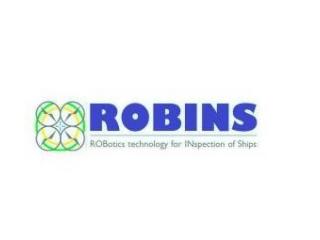Open Cascade keeps on contributing to the development of remote inspection technologies within ROBINS project

Since 2018 Open Cascade is a member of ROBINS project consortium and brings its expertise in the field of 3D technologies to establish regulatory framework for the inspection and certification of ships.
In the framework of the project Open Cascade participates in test trials having access to ships’ hulls which are being scanned, and then translates visual inputs received from drones and crawlers into consistent 3D models of the scanned spaces.
During a seminar organized by UNIGE (University of Genoa) in Italy in January 2020, a video was presented demonstrating the use of the Open Cascade’s software for processing the video data collected by drones and and work with the 3D model of the scanned space.
It is worth mentioning that the data recorded by robots in cluttered spaces (video footages and images) very often lacks sharpness, can be fuzzy or contain unintended artefacts. The collected images should be processed with the use of domain-specific software to build consistent models of the scanned environment. Open Cascade comes with a solution which represents the scanned spaces in point cloud or textured mesh. It allows importing UTM data collected by a robot, and measure distances and thicknesses using these points.
While navigating through a resulted 3D model, it is possible to conduct remote inspection and defects recognition. The software offers the possibility to navigate easily in the virtual space and access all the information associated with any point of interest.
About ROBINS project:
ROBINS (ROBotics technology for INspection of Ships) is a collaborative project co-funded by the Research DG of the European Commission within the activities of the Horizon 2020 EU Research and Innovation programme.
The ROBINS project aims at filling the technology and regulatory gaps that today still represent a barrier to the adoption of Robotics and Autonomous Systems (RAS) in activities related to inspection of ships, understanding end user’s actual needs and expectations and analyzing how existing or near-future technology can meet them.


